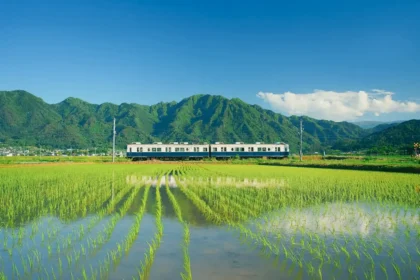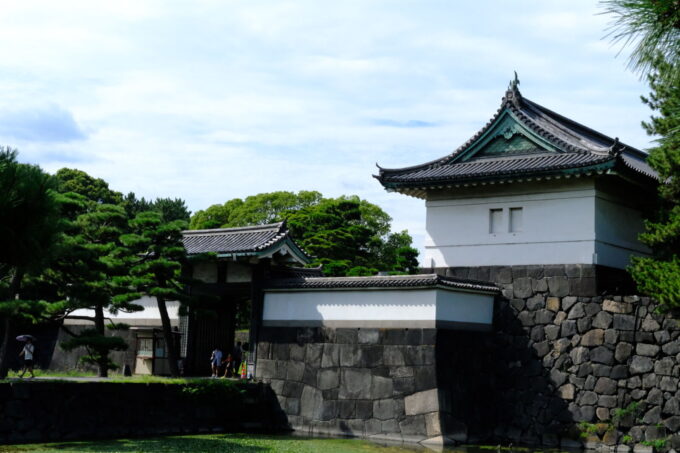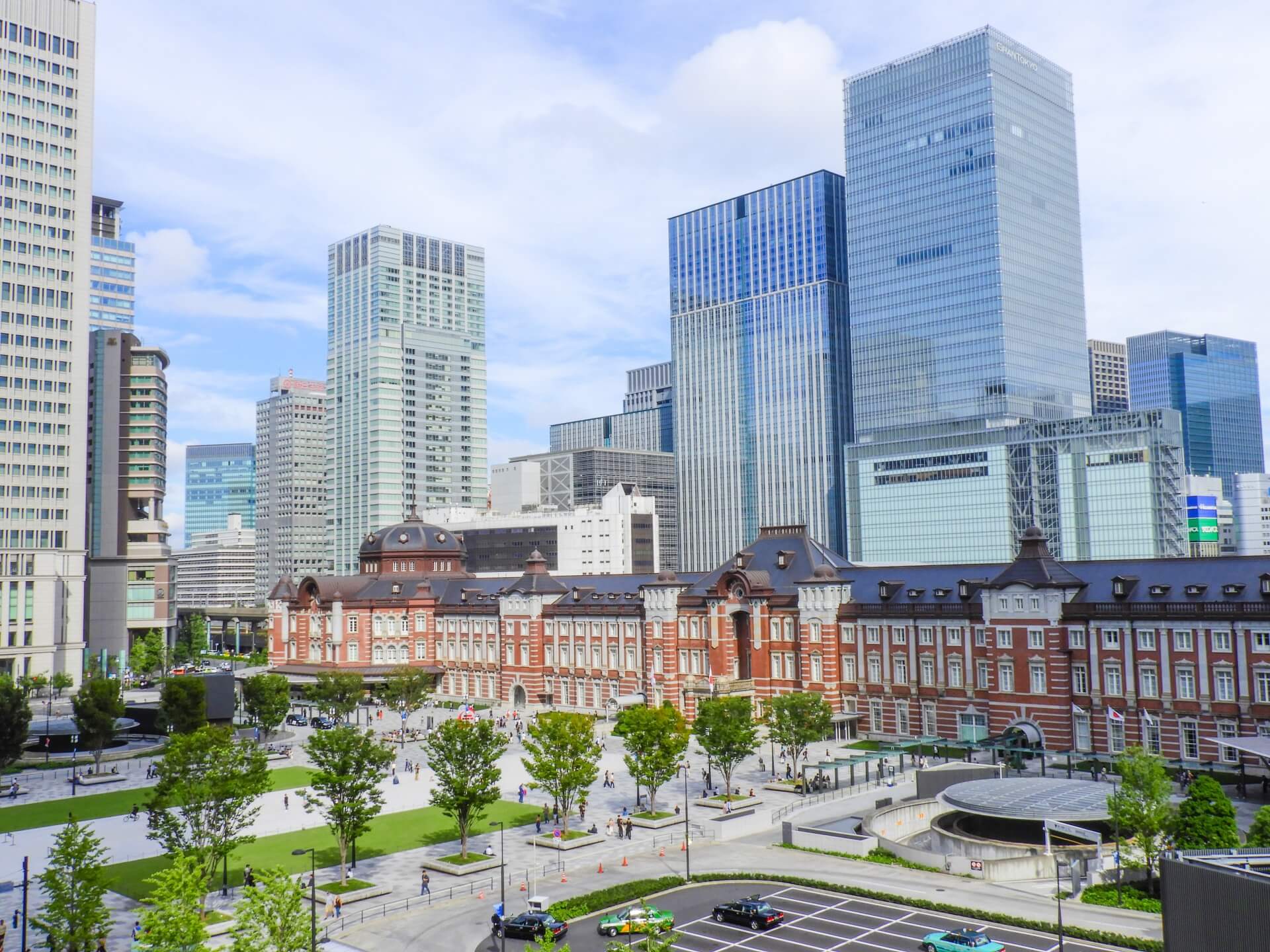
For many visitors to Japan, Tokyo Station will be their first real introduction to the country as they arrive from the airport at this massive station. As one of the busiest train stations in the world, navigating your way through Tokyo Station comes with its challenges. On this page you will find the following information:
-- Shinkansen Services from / to Tokyo Station
-- How to Access the Hokuriku Shinkansen
-- Train Lines to Narita & Haneda Airports
-- Transfer from Airport Lines to the Shinkansen
-- Rail Passes Covering Travel to Nagano
-- Purchasing & Activating a JR Pass
-- Private Charters to / from Tokyo Station
-- Tokyo Station Tourist Information
-- Accommodation In & Around the Station
-- 30 Day-trips & Getaways Near Tokyo
It is important to note that the following information is intended for visitors coming through Tokyo Station on enroute to Nagano and Central Japan. It only touches the surface of everything we could cover about the station and does not include detailed information about train lines running to other regions, but for visitors heading to and from our home region of Central Japan, we hope it assists in making your transfer there, as easy and smooth as possible.
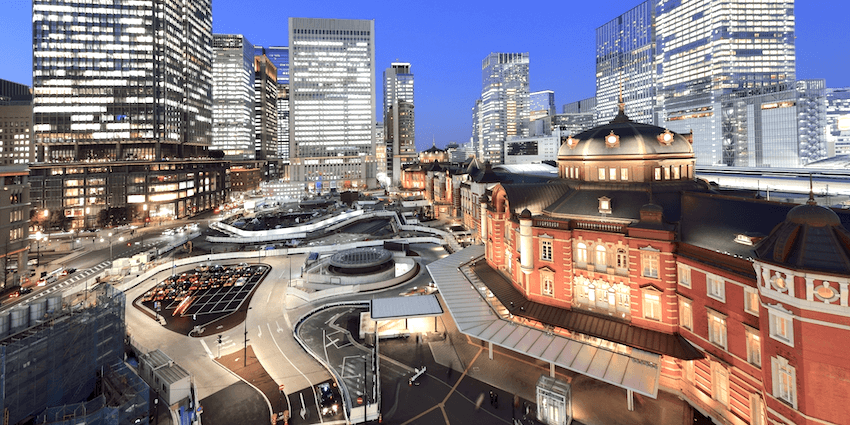
A sprawling series of platforms and underground shopping areas can easily confuse seasoned Tokyo-ites as much as they bamboozle first-timers to the city. Don’t be put-off! Embrace the challenge and enjoy being in one of the world’s great cities and train stations.
SHINKANSEN SERVICES FROM / TO TOKYO STATION
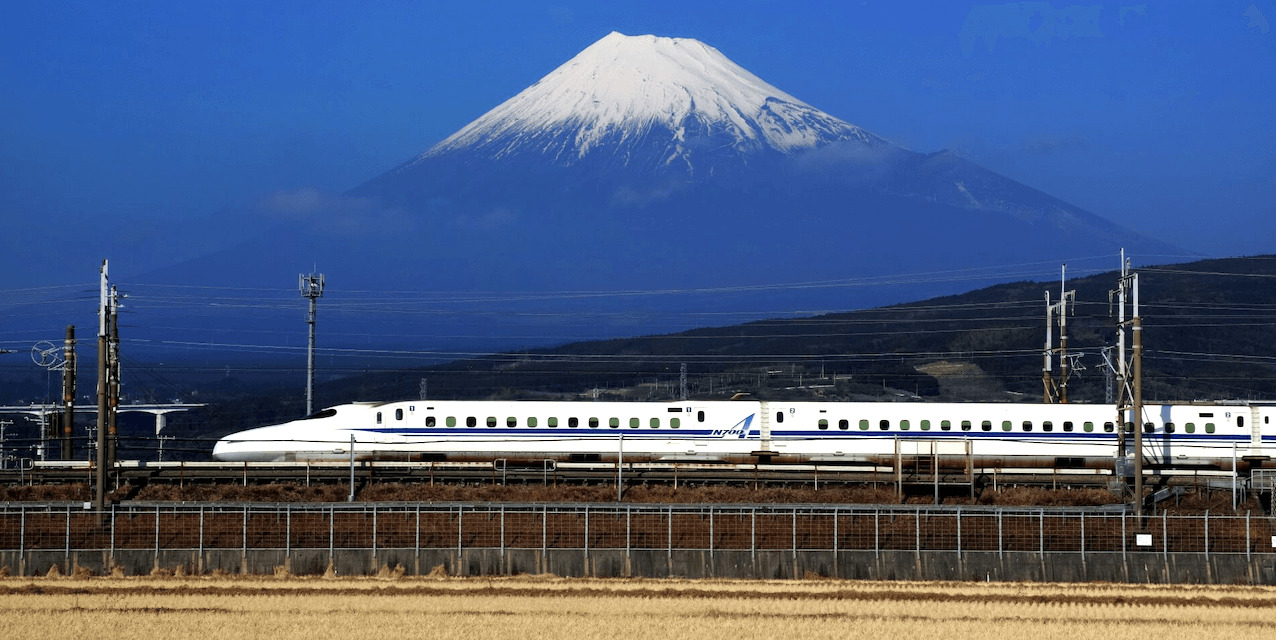

As one of the largest train stations in the world, there are seemingly countless lines running to and from Tokyo. Commonly referred to as the ‘Bullet Train’ by many international visitors, the shinkansen network fans-out from Tokyo and connects the capital to many regions of Japan including:
-- HOKURIKU: to Tsuruga via Nagano Station
-- JOETSU: to Niigata via Echigo-Yuzawa
-- TOKAIDO: to Shin-Osaka via Nagoya & Kyoto
-- TOHOKU: to Shin-Aomori
-- YAMAGATA: to Shinjo via Yamagata (connects to Tohoku Shinkansen)
-- AKITA: to Akita (connects to Tohoku Shinkansen)
-- HOKKAIDO: to Shin-Hakodate-Hokuto (connects to Tohoku Shinkansen)
For travellers heading to Nagano and other regions in Central Japan, the first three shinkansen listed above - Hokuriku, Joetsu and Tokaido - operate from Tokyo Station to different station in our region. As such, we have provided further detail below about how to use them. For shinkansen lines servicing other regions of Japan - Tohoku, Yamagata and Akita - click on the links above for further information.
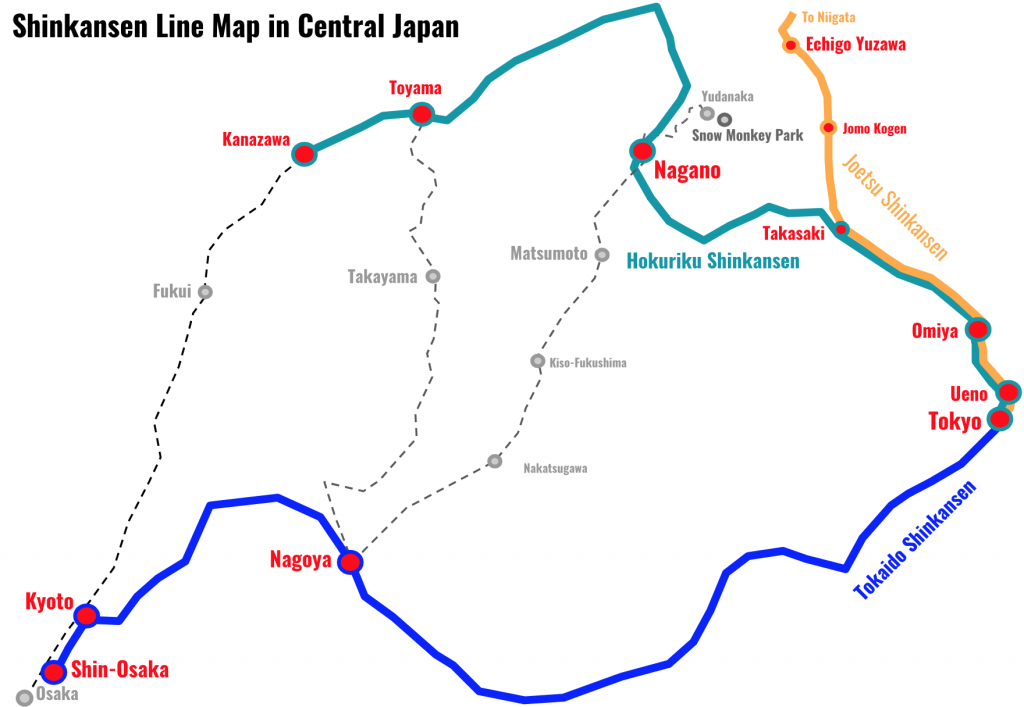
As the map above shows, there are no shinkansen lines running south to north / north to south through the region however several rapid/limited express services run from the following stations and in doing so, connect the Hokuriku and Tokaido lines: 1. Limited Express Shinano from Nagano to Nagoya via Matsumoto; 2. Limited Express Hida from Toyama to Nagoya via Takayama; and 3. Limited Express Thunderbird from Tsuruga to Kyoto and Osaka.
HOKURIKU SHINKANSEN
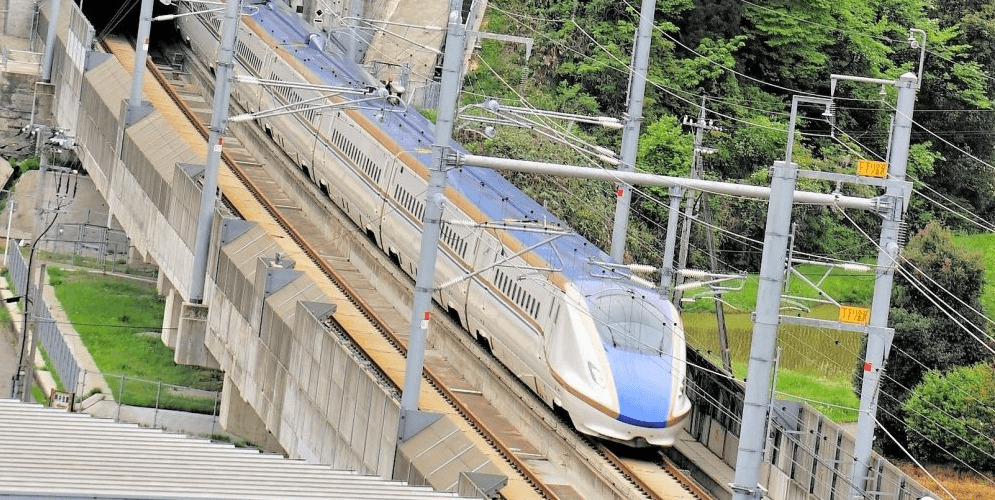
Running from Tokyo Station to Tsuruga Station, the Hokuriku Shinkansen stops at the following stations:
Tokyo / Ueno / Omiya / Kumagaya / Honjo-Waseda / Takasaki / Annaka-Haruna / Karuizawa / Sakudaira / Ueda / Nagano / Iiyama / Joetsu-Myoko / Itoigawa / Kurobe-Unazukionsen / Toyama / Shin-Takaoka / Kanazawa / Komatsu / Kaga Onsen / Awara Onsen / Fukui / Echizen Takefu / Tsuruga
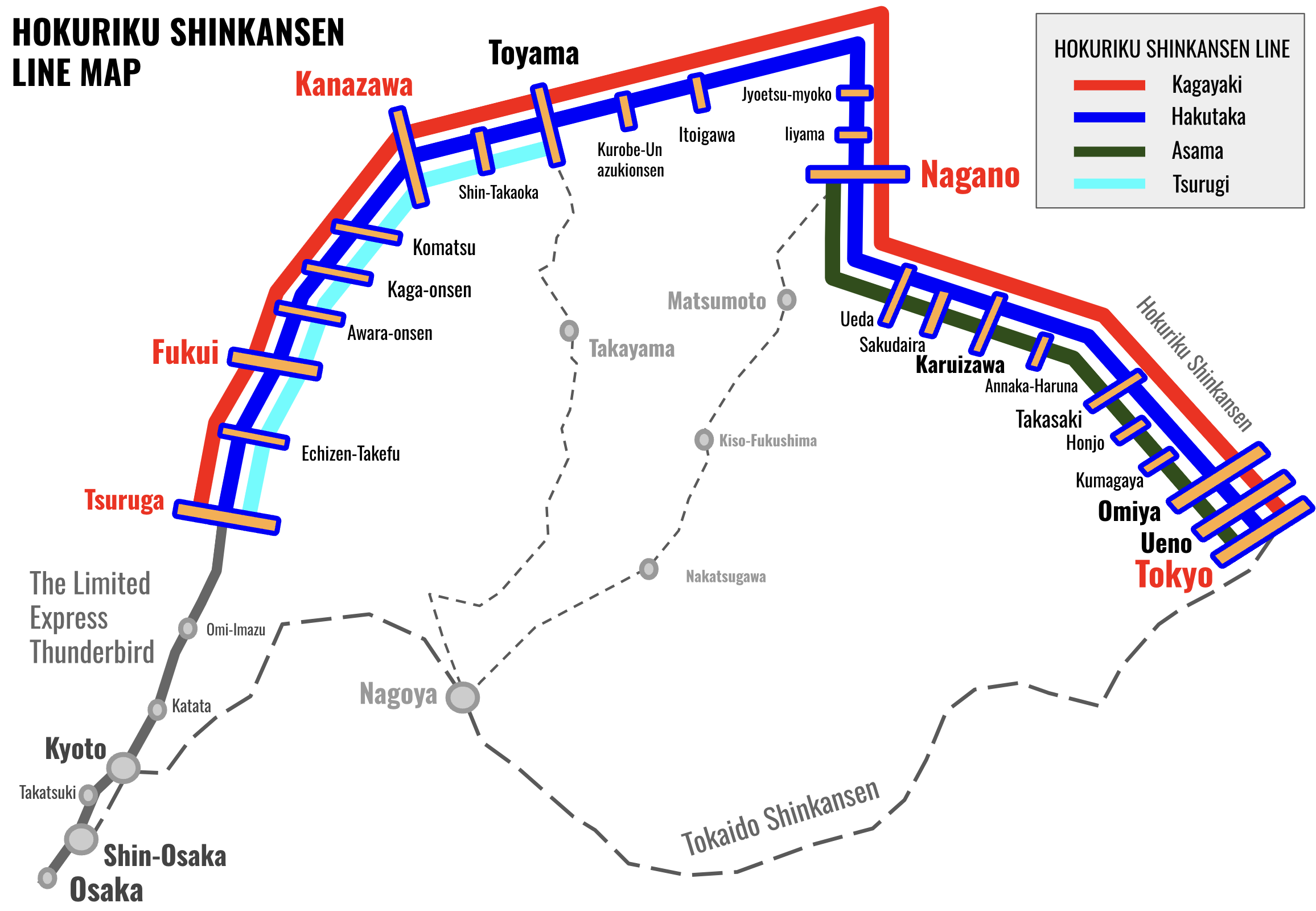
Two services – the Kagayaki and Hakutaka – operate from Tokyo to Tsuruga. The Kagayaki is reservation-only and stops at Ueno, Omiya, Nagano and Toyama before terminating at Tsuruga. The journey from Tokyo to Tsuruga takes a little over 3 hours and Tokyo to Nagano takes 80 minutes. The Hakutaka includes both reserved and non-reserved carriages and stops at a greater number of stations. It takes between 180 to 200 minutes (depending on the stations included in the specific service) to travel from Tokyo to Kanazawa and 90 to 95 minutes to travel from Tokyo to Nagano. A third service – Asama – is only available from Tokyo to Nagano. It includes both reserved and non-reserved carriages and stops at all stations between Tokyo and Nagano, taking between 100 to 110 minutes. A fourth service – Tsurugi - is also available on the Hokuriku Shinkansen but only between Tsuruga and Kanazawa and does not service Tokyo Station. For further information about how to use the Hokuriku line from Tokyo, please refer to our 'How To Get To Nagano' page. Information regarding how to book a ticket can also be found on our ‘How To: Shinkansen Reservations to Nagano’ page. All services on the Hokuriku Shinkansen are covered by the Japan Rail (JR Pass), JR East Pass and JR Hokuriku Pass - see below for details.
*Different services stop and different stations however all Kagayaki, Hakutaka and Asama services stop at Tokyo and Nagano. Refer to our 'Hokuriku Shinkansen Timetable' page for the daily schedule.
JOETSU SHINKANSEN
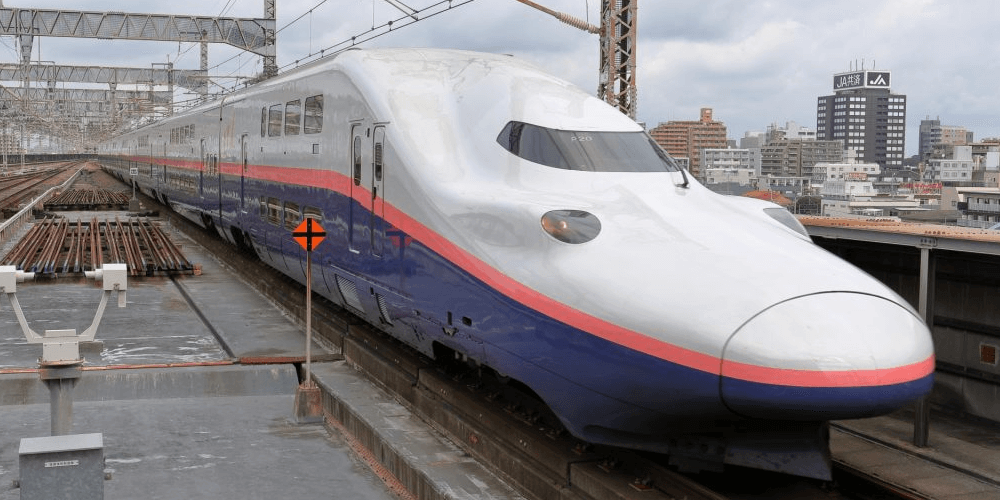
The Joetsu Shinkansen runs from Tokyo to Niigata and services Echigo-Yuzawa, located approximately at the mid-point of the line, and the surrounding ski resorts. The following stations are on the Joetsu line:
Tokyo / Ueno / Omiya / Kumagaya / Honjo-Waseda / Takasaki / Jomo-Kogen / Echigo-Yuzawa** / Urasa / Nagaoka / Tsubame-Sanjo / Niigata
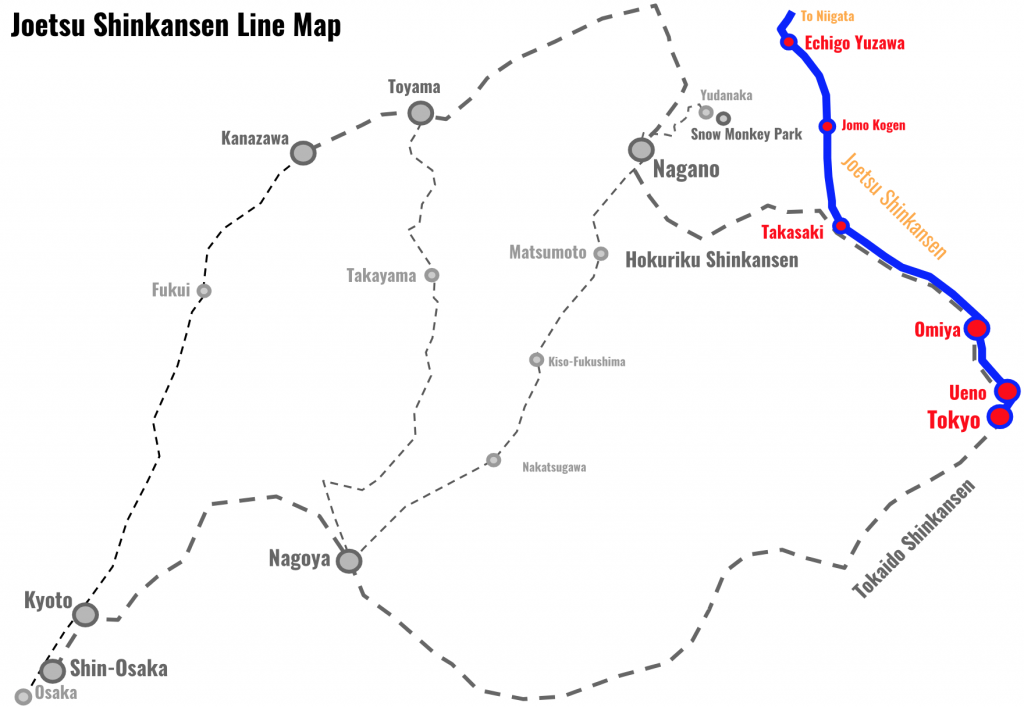
There are two services on the line - the Toki and Tanigawa. The Toki (including Max Toki) is the fastest. Stopping at only a limited number of stations it takes around 80 minutes to reach Echigo-Yuzaawa and 130 minutes to reach Niigata. The Tanigawa (including Max Tanigawa) does not operate all the way to Niigata and mainly runs in the morning and evening to cover peak periods. Stopping all stations between Tokyo and its final destination, the Tanigawa takes around 80 to 90 minutes to reach Echigo-Yuzawa. All services on the Hokuriku Shinkansen are covered by the Japan Rail (JR) Pass and JR East Pass - see below for details.
*In winter, some shinkansen services continue onto a winter-only stop at Gala-Yuzawa, directly underneath the ski resort of the same name. Refer to our 'Joetsu Shinkansen Timetable' page for daily train schedules to and from Tokyo.
TOKAIDO SHINKANSEN
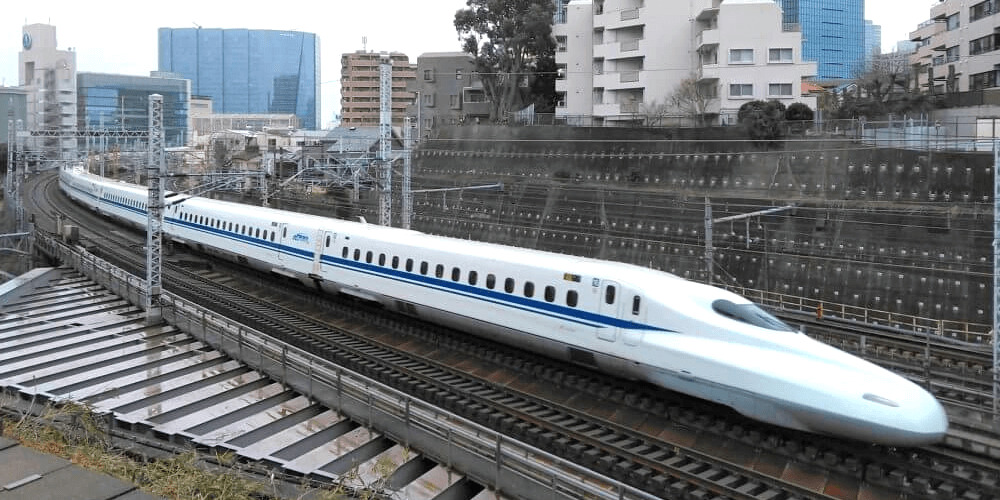
Running from Tokyo to Osaka via Nagoya Station and Kyoto Station, the Tokaido Shinkansen runs to the west of the capital and stops at*:
Tokyo / Shinagawa / Shin-Yokohama / Odawara / Atami / Mishima / Shin-Fuji / Shizuoka / Kakegawa / Hamamatsu / Toyohashi / Mikawa-Anjo / Nagoya / Gifu-Hashima / Maibara / Kyoto / Shin-Osaka
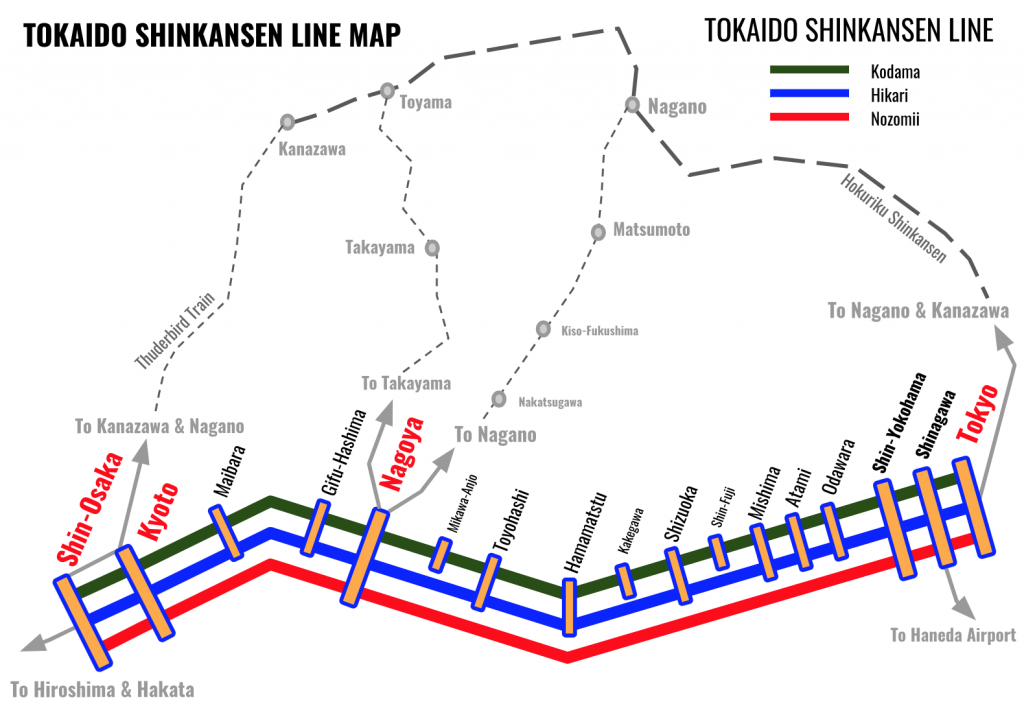
Refer to our 'Tokaido Shinkansen Timetable' page for the daily schedule. There are three services on the Tokaido line. The Nozomi is the fastest service on the Tokaido Shinkansen Line. Running between Tokyo and Shin-Osaka, the Nozomi only stops at Shinagawa, Shin-Yokohama, Nagoya and Kyoto. From Tokyo to Shin-Osaka takes 150 minutes, Kyoto takes 135 minutes and Nagoya takes 95 to 100 minutes. The Hikari is the second fastest service on the Tokaido Shinkansen Line and also runs between Tokyo and Shin-Osaka, stopping at different stations depending on the specific service. From Tokyo to Shin-Osaka takes 175 minutes, Kyoto takes 155 to1 60 minutes, and Nagoya takes 100 to 120 (depending on the service) Stopping at all stations, the Kodama service is the slowestinclude both reserved and non-reserved seating. If you are travelling a long distance i.e. from Tokyo Kyoto or Osaka (or the reverse journey), we recommend using the Nozomi or Hikari as it will be substantially faster than the Kodama. Tokaido Shinkansen services other than the Nozomi (Which may be used for an additional fee) are covered by the Japan Rail (JR) Pass - see below for details.
TOHOKU SHINKASEN inc. YAMAGATA, AKITA & HOKKAIDO LINES
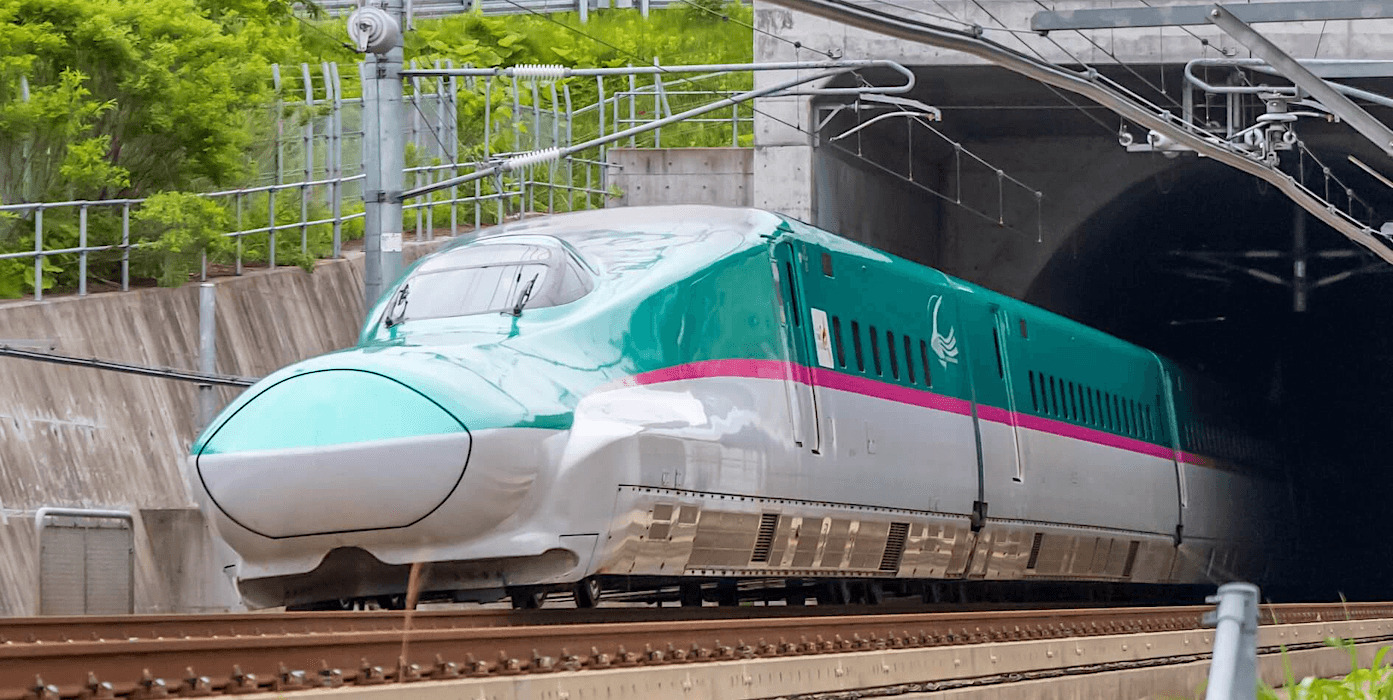
Running from Tokyo to Shin-Aomori via stations including Fukushima, Sendai and Morioka, the Tohoku Shinkansen runs to the north-east of the capital and stops at:
Tokyo / Ueno / Omiya / Oyama / Utsunomiya / Nasu-Shiobara / Shin-Shirakawa / Koriyama / Fukushima / Shiroishi-Zao / Sendai / Furukawa / Kurikoma-Kogen / Ichinoseki / Mizusawa-Esashi / Kitakami / Shin-Hanamaki / Morioka / Iwate-Numakunai / Ninohe / Hachinohe / Shichinohe-Towada / Shin-Aomori
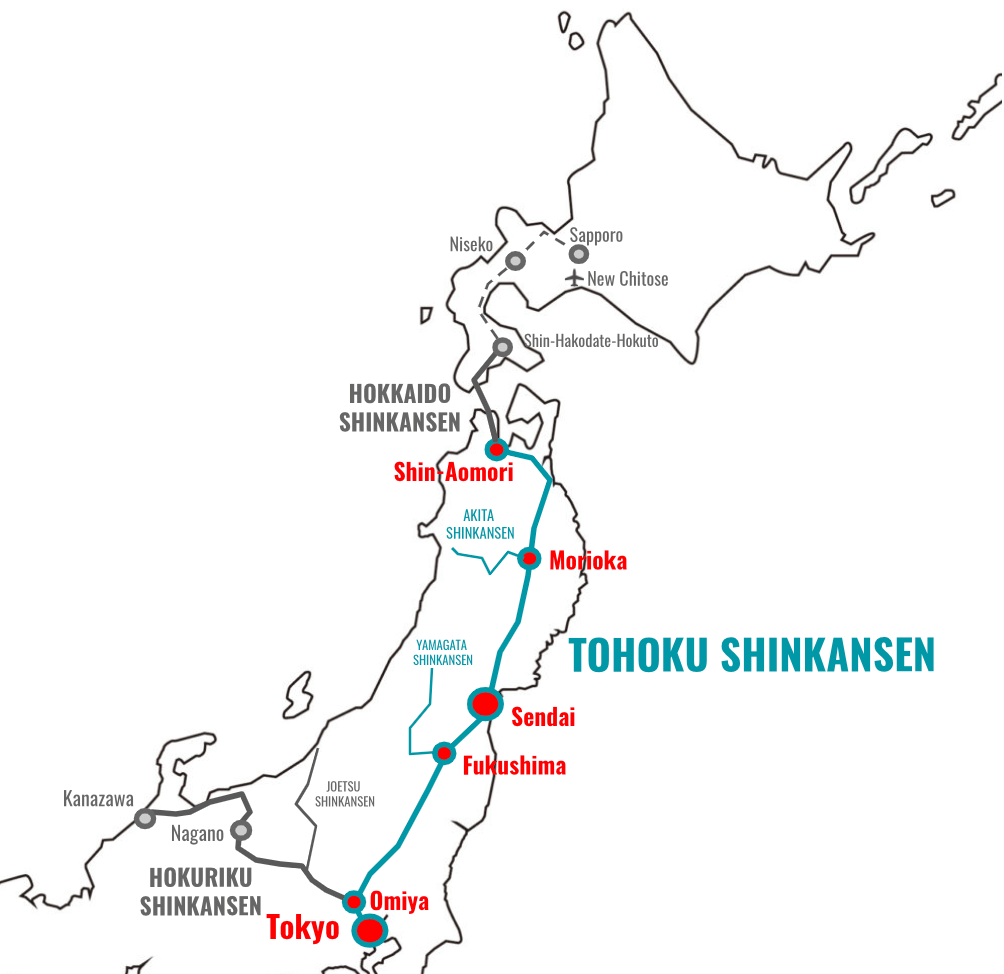
It is the longest shinkansen line in Japan and connects to three regional shinkansen lines: 1. the Yamagata Shinkansen via Fukushima Station 2. the Akita Shinkansen via Morioka Station, and 3. the Hokkaido Shinkansen via Shin-Aomori Station. Unlike most shinkansen lines, which feature one or two different series of train, the Tohoku is serviced by five different series making it popular with trainspotters. It’s length and connection to three regional lines also means that there are many different services. The Hayabusa is the fastest of them taking between 180 to 205 minutes to reach Shin-Aomori, stopping at a limited number of stations including Sendai and Morioka – all carriages on this service are reservation only. The Yamabiko operates between Tokyo and Morioka, taking between 135 to 200 minutes – including both reserved and non-reserved seating. The Nasuno runs from Tokyo to Koriyama and stopping all stations in between. The entire service is non-reserved and typically operates in the morning and evening, intended for people moving in and out of Tokyo for work. Two other services, the Tsubasa and Komachi start from Tokyo and connect through to the Yamgata Shinkansen and Akita Shinkansen lines, respestively. The Tsubasa takes around 210 minutes to cover the entire journey to Shinjo Station in Yamagata Prefecture while Komachi takes between 200 to 230 minutes to reach Akita Station in Akita Prefecture. All of these services are covered by the Japan Rail (JR) Pass, noting that for reservation only services, you need to go into an office to book at seat but pass-holders can do so at no additional cost.
HOW TO ACCESS THE HOKURIKU SHINKANSEN AT TOKYO STATION
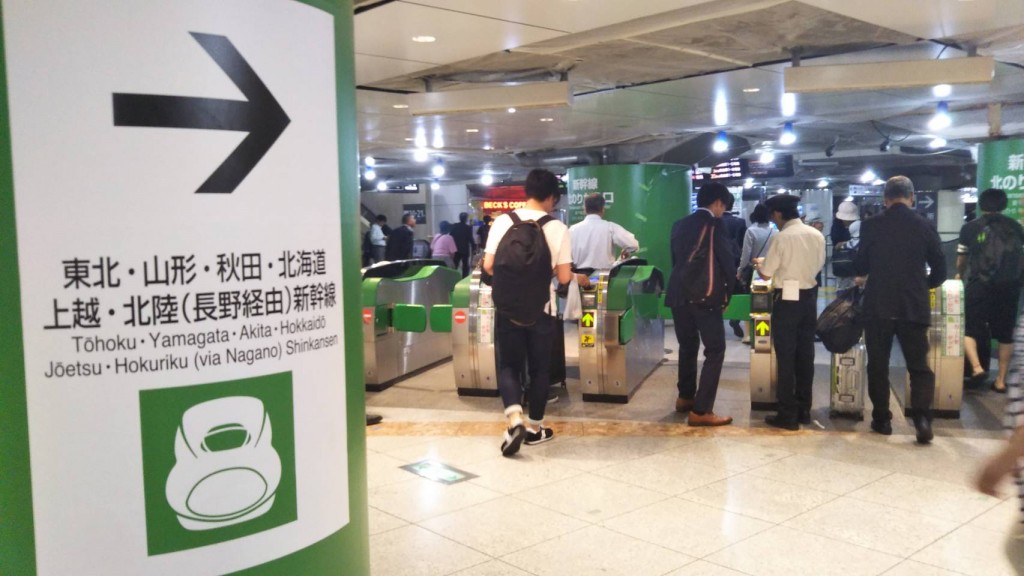
As shown in the information above, multiple shinkansen lines run to and from Tokyo Station. Access to specific shinkansen lines is therefore divided by region - those servicing the lines running to the north/east and those running to the south/west. Visitors traveling to Nagano Station will be using the Hokuriku Shinkansen. It is accessed via the gates marked Shinkansen North Transfer.
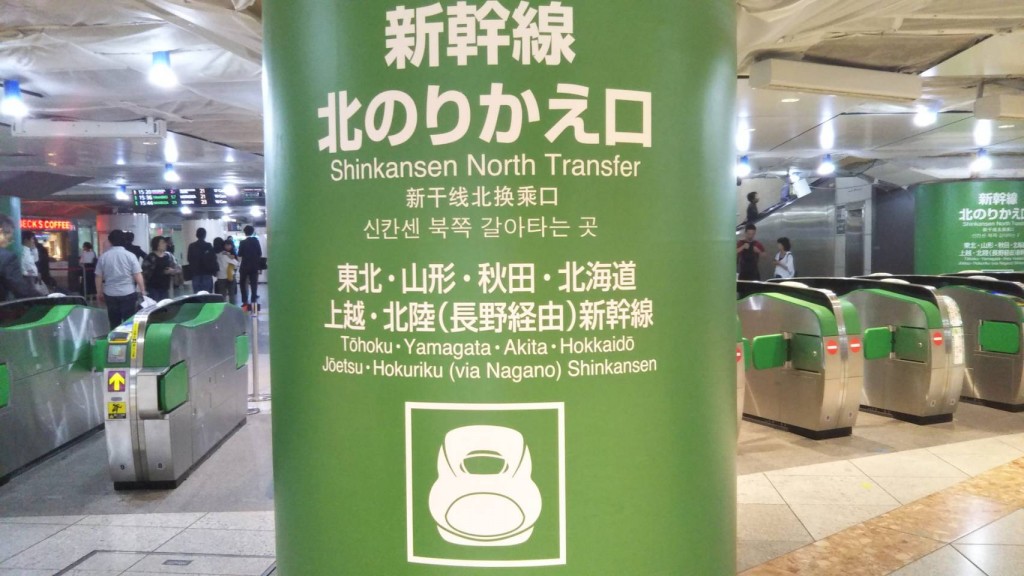
As you can see from the images above, platforms service multiple shinkansen lines which are clearly labelled both outside and inside of the gates. If you are heading to Nagano Station, ensure that you entering one of these gates. Where many visitors get confused and ultimately lost, is by accessing the gates for Tokaido/Sanyo Shinkansen Lines (running to the south/west of Tokyo). If you are using the JR Rail Pass, no one will check which train you are intending to use. You simply show your pass at the window and they will let you pass through the gates. Meaning that if you've entered the wrong area, you won't see your train listed and suddenly, you're feeling lost! Avoid this by following the directions above and making sure you enter the correct section.
TRAIN LINES TO NARITA & HANEDA AIRPORTS
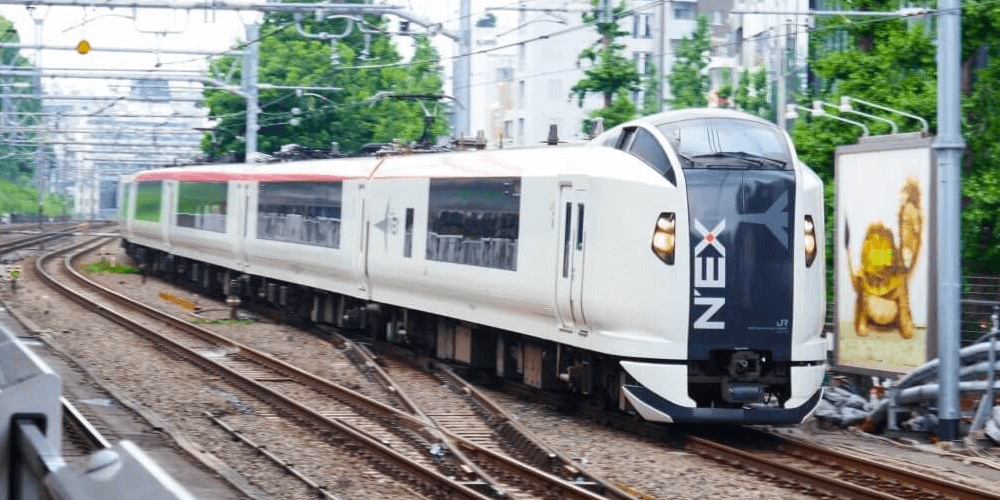
Tokyo is serviced by two international airports – Narita and Haneda. Narita is substantially further from the city than Haneda, however a rapid train service makes the journey quick and easy. Narita is connected to Tokyo Station by the Narita Express (N'EX) whereas Haneda can be reached using the Tokyo Monorail or Keikyu Line:
TO NARITA: NARITA EXPRESS (N'EX)
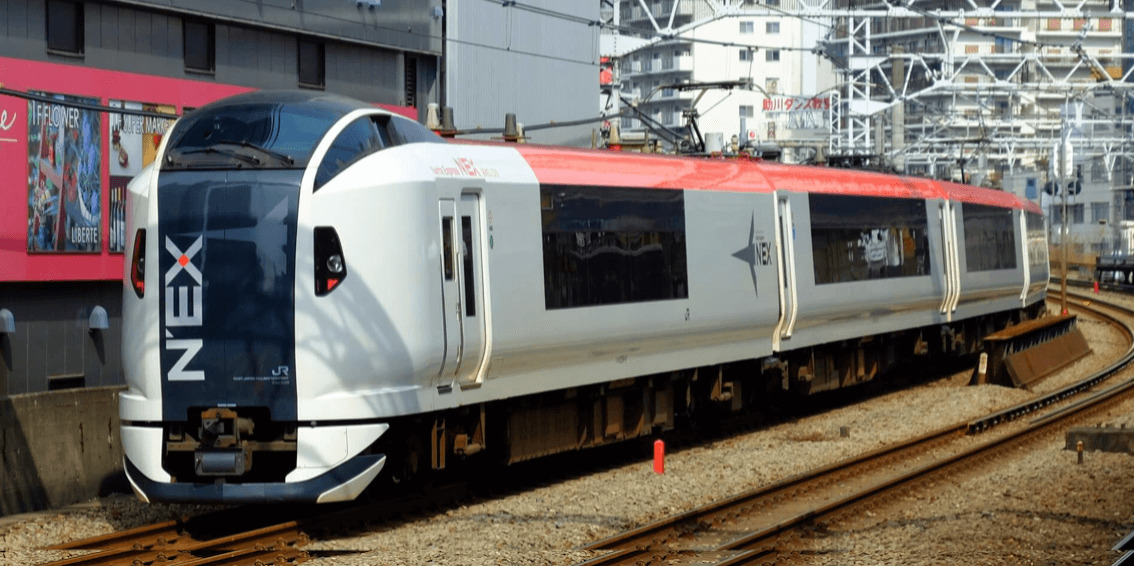
Making stops at Narita Airport Terminal 1 and a joint stop for Terminal 2 & 3, the Narita Express (N'EX) takes approximately 55 minutes to travel from Tokyo Station to the airport (depending on the specific service and which terminal you are using). The N’EX also services Omiya, Ikebukuro, Shinjuku, Shibuya, Shinagawa and Yokohama Stations. The NEX usually departs from Platform No.4 at Tokyo Station. Tickets can be purchased online up to one month in advance however there really is no need to book ahead of time. Tickets are available using the ticket machines or service windows at Tokyo Station or the airport terminals. A one-way journey costs JPY3070 per adult or JPY4640 per adult for a Green Car reservation*. Regular sales on return fares can also provide good savings. Departing every 30 to 60 minutes, there are numerous services throughout the day. The earliest train from Narita departs at 07:45 with the final service departing at 21:45. For the daily schedule, see our 'Narita Express (N'EX) Timetable' page. The Narita Express is covered by the JR Pass, JR East Pass and JR Hokuriku Arch Pass (please see below).
*Green Cars have fewer seats, more legroom, etc. They are often described as the equivalent of business or first-class on an airline. While they are very comfortable, a standard Ordinary Car is also enjoyable and will suit the needs of most visitor for the short journey to and from the airport.
TO HANEDA: TOKYO MONORAIL via HAMAMATSUCHO STATION
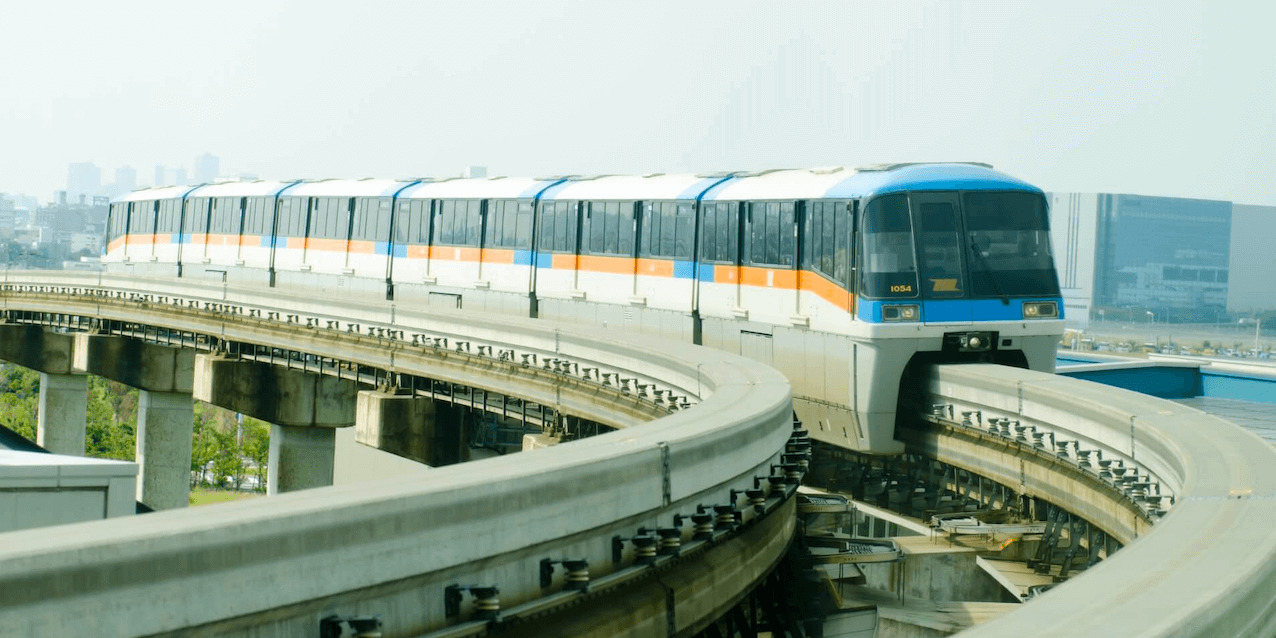
Servicing Haneda Airport, the Tokyo Monorail connects the airport to Tokyo Station via Hamamatsucho Station in around 30 minutes. Overall, Haneda is the busier of the two airports handles fewer international flights than Narita. Most international services from Haneda arrive/depart at Terminal 3. Unlike the NEX – which is primarily used by passengers traveling to and from the Narita Airport – the Tokyo Monorail is used by many people going about their daily lives. It is designed for general commuters and not as comfortable or spacious as the NEX. Navigating your way on and off with luggage at peak hour ca be a little challenging. Nevertheless, the monorail makes the journey to and from Haneda Airport quick and relatively smooth. From Tokyo Station, take the JR Yamanote Line bound for Osaki or JR Keihin-Tohoku/Negishi Line Rapid bound for Ofuna and disembark at Hamamatsucho Station (5 min/JPY160). At Hamamatsucho, transfer to the Tokyo Monorail bound for Haneda Airport (20 min/JPY500) - a journey of around 30 minutes, costing a total of JPY660 one-way. The Tokyo Monorail is covered by the JR Pass, JR East Pass and JR Hokuriku Arch Pass.
TO HANEDA: KEIKYU LINE via SHINAGAWA STATION
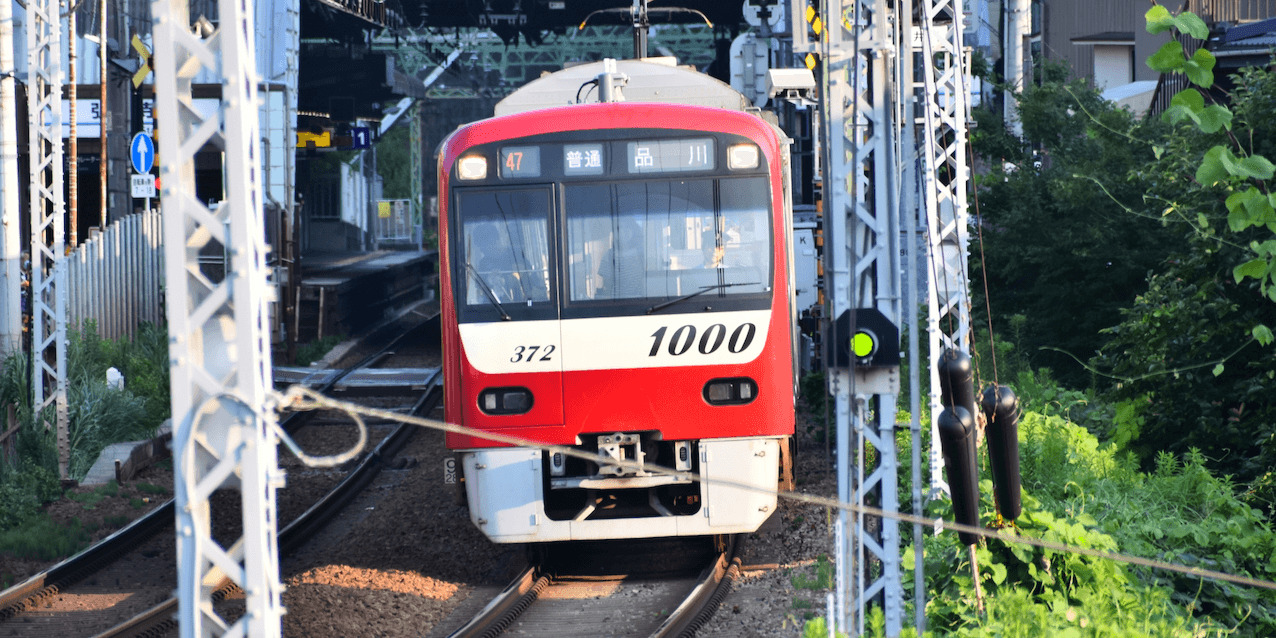
Alternatively, visitors can also use the Keikyu Line to reach Haneda Airport from Tokyo Station, via Shinagawa Station. Using he Keikyu Line from Tokyo Station also takes around 30-minutes and is cheaper than the Monorail - only JPY470. It is also a conventional inner-city train than meaning that reservation is not necessary/possible and carriages can be crowded during peak hour as Tokyoites go about their daily business. For international visitors it is also important to note that unlike the Tokyo Monorail, the Keikyu Line is not covered by any JR Pass. Services run regularly throughout the day from Haneda to Shinagawa Station, approximately every 10 minutes between the hours of 05:00 and 24:00/midnight. The earliest service departs Haneda around 05:30 (bound for Shinagawa) or departs Shinagawa around 05:00 (bound for Haneda). The latest services depart both Haneda and Shinagawa around midnight. The journey from the airport to Shinagawa takes as little as 13-minutes but more likely around 20-minutes. To use the line from Tokyo Station, take the JR Yamanote or JR Keihin-Tohoku Line from Tokyo Station to Shinagawa Station (10 min/JPY170) and then transfer to the Keikyu Airport Line Bound for Haneda (20 min/JPY300) - a total journey of around 30-minutes / JPY470.
TRANSFER FROM AIRPORT LINES TO THE SHINKANSEN
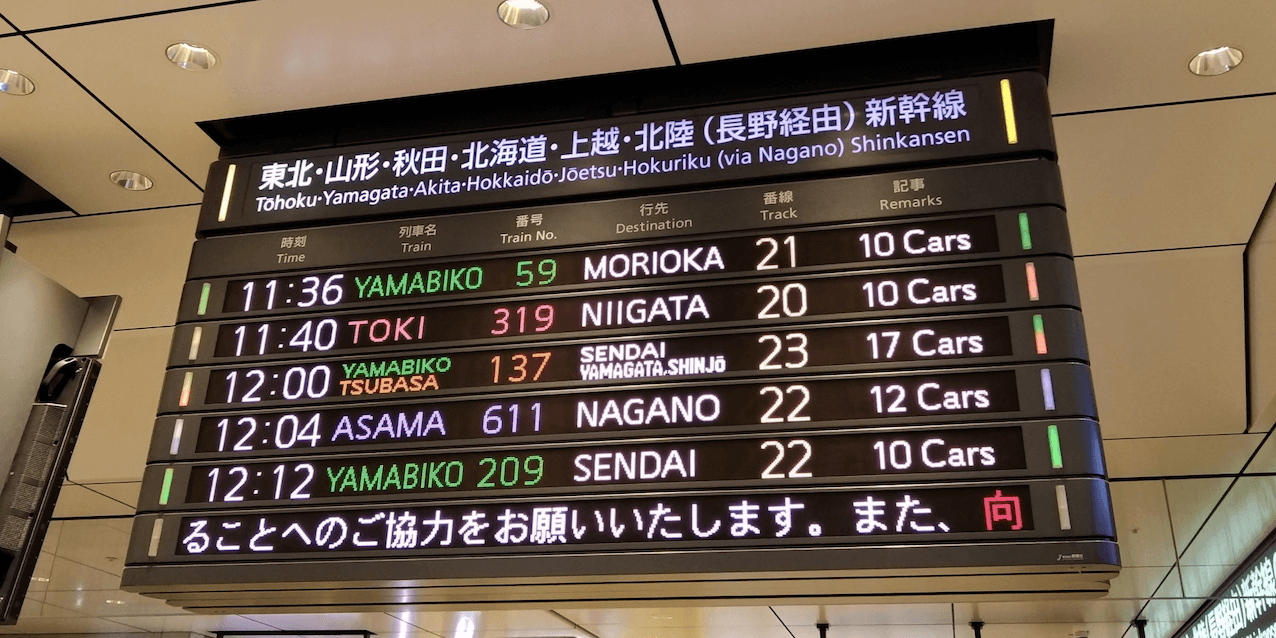
For many visitors, this is the confusing part. Arriving at bustling Tokyo Station after a long flight and searching for the shinkansen platforms, it can all seem too much. For passengers transferring straight onto a shinkansen and not staying in Tokyo, follow these simple instructions and you’ll find your way to the shinkansen platforms. Coming off any of the above train services from the airports, take the escalator up from the underground platform to the main area of the station. You will likely see some ticket gates nearby leading to the regular train lines with Tokyo,other intercity trains and exit gates. Don’t go through these gates. Instead, look around and somewhere above your head you’ll see the sign pointing you toward the shinkansen gates. Simply follow these signs until you find them.
RAIL PASSES COVERING TRAVEL TO NAGANO


There is no escaping the fact that travel using the shinkansen is expensive. Given the speed and distances covered by these trains, travelers should think of them much like taking a flight, with tickets accordingly priced. International visitors to Japan have the option of purchasing one of several passes which allow for unlimited use of the Hokuriku along with other services:
JAPAN RAIL (JR) PASS
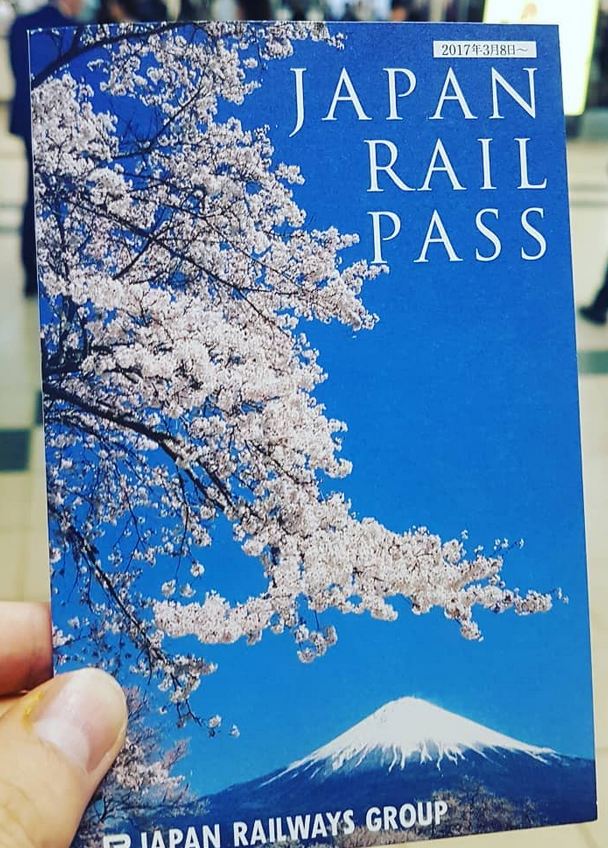
Covering all 9 shinkansen lines in Japan and many other train services, the JR Pass is a great option for visitors planning to use the shinkansen more than a handful of times and/or travel large distances. Travelers have the option of 7, 14 and 21-day passes covering either Ordinary or Ordinary and Green Cars. The JR Pass allows for use of almost any service on the shinkansen lines at no additional cost but noting that should holders wish to have a reserved seat, they are still required to book a seat at the ticket office (at no additional cost).

JAPAN RAIL (JR) EAST PASS / NAGANO & NIIGATA
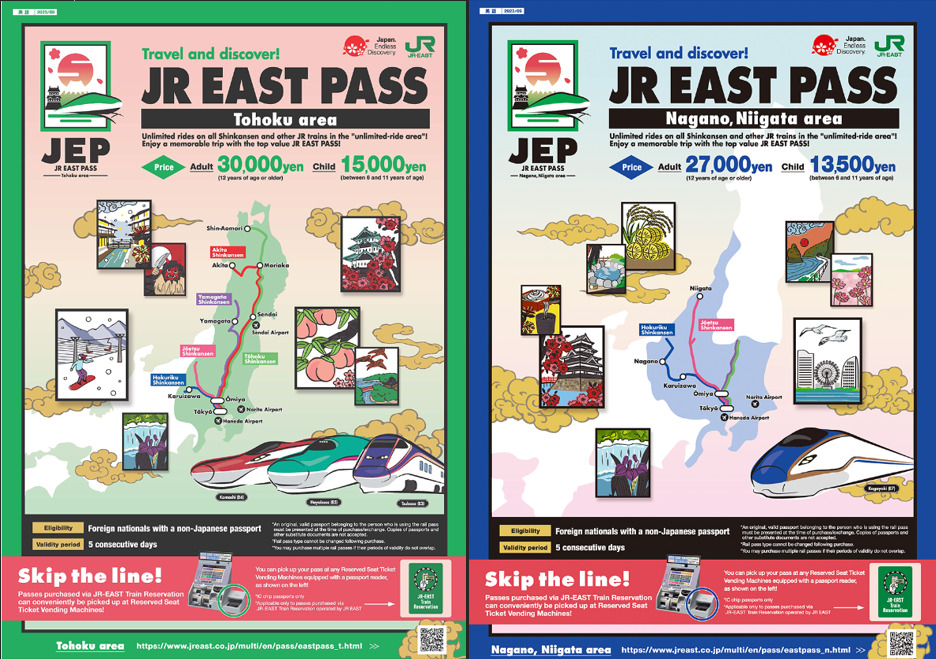
The JR East Pass covers the Hokuriku and Joetsu Shinkansen lines serving Nagano and Niigata, along with other regional services. There is only one option of pass, covering 5 days of use within a 14-day period from its date of activation. Notably cheaper than the JR Pass, this is a great option for visitors staying within Nagano and Niigata. Much like the JR Pass, it allows for use of any service on the Hokuriku Shinkansen line at no additional cost but noting that should holders wish to have a reserved seat, they are still required to book a seat at the ticket office (at no additional cost).
HOKURIKU ARCH PASS
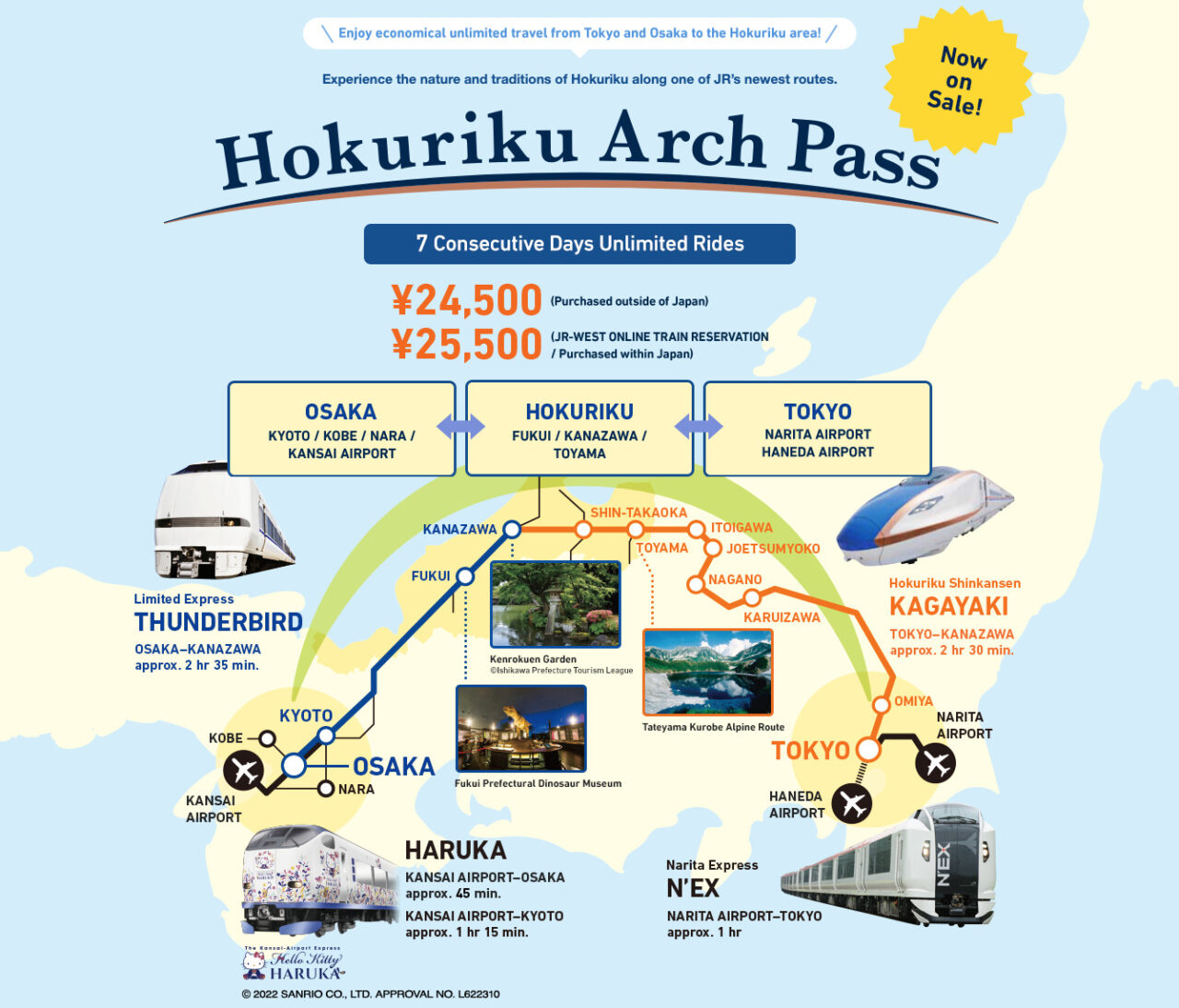
Valid for 7 consecutive days from date of activation, the Hokuriku Arch Pass covers train services from Tokyo – including trains from both Narita and Haneda Airports – to Nagano and Kanazawa and then onto Kyoto, Osaka and Kansai Airport. For many international visitors, this pass covers the majority of their intended destinations as the they follow the most popular tourist route from Tokyo to Kanazawa and onto Kyoto and Osaka. Notably cheaper than the full JR Pass, the Hokuriku Arch Pass offers fantastic convenience and savings.
PURCHASING & ACTIVATING A JR PASS
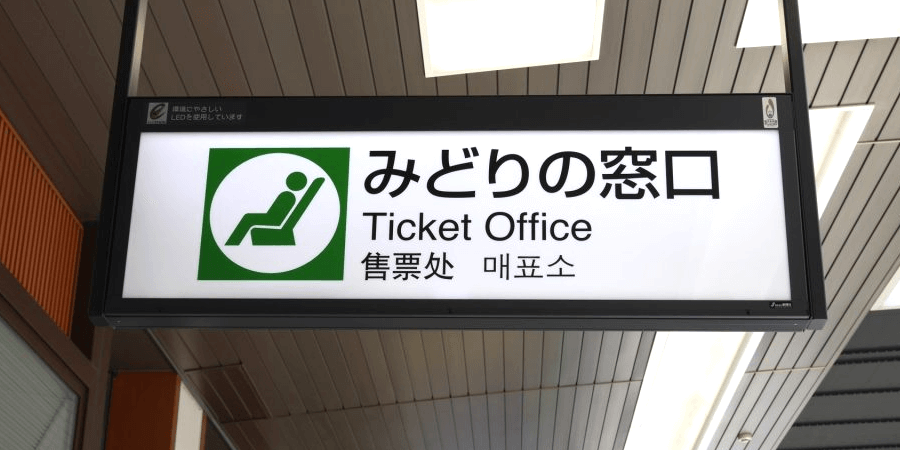
Passes can be purchased via the official website or via a JR-affiliated overseas sales office. Once you have completed payment, you will receive an exchange order. This is a proof of payment and looks almost like a flight ticket with your personal details, type of pass, and validity (three months from the date of issue). It is important to note that the exchange order is not your actual pass and will need to be exchanged for your pass once in Japan. Whatever you do, do not lose the exchange order and prioritise exchanging it for your pass when you arrive. For full details please refer to the specific page for each pass (as listed above).
Once in Japan and prior to using your pass, you must actually get your hands on it by exchanging the order/proof of purchase you received online. This can be done a numerous JR Pass Exchange Offices found at any major train station or airport including Narita Airport, Haneda Airport, Chubu Centrair International Airport and Kansai International Airport. If you have time to do so before leaving the airport, you can use the pass immediately.
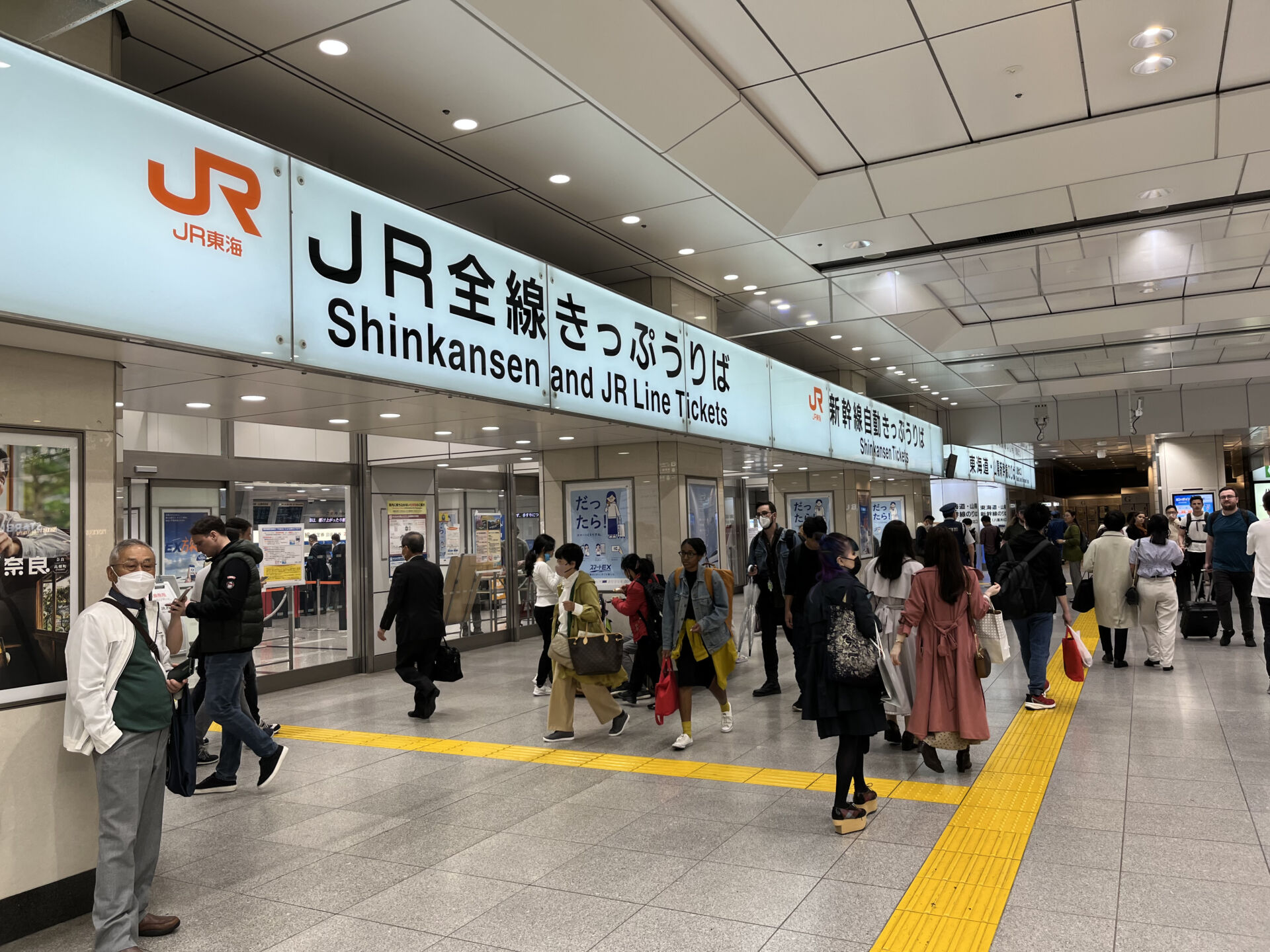
Tokyo Station is another popular place to exchange and activate a JR Pass at either of these offices:
-- JR East Travel Service Center (Marunouchi North Exit): 07:30 to 20:30
-- JR Central Ticket Office (Yaesu Central) : 07:30 to 20:30
-- JR Central Ticket Office (Yaesu North): 09:00 to 19:00
-- JR East Travel Service Center (JAPAN RAIL CAFE): 08:00 to 16:00
-- JR Tokai Tours Tokyo Office : 10:00 to 18:00
To exchange/activate your pass you will need your exchange order and passport. Make sure you allow adequate time to exchange and activate your pass if you are intending to use it on the same day or do so a day or two before you plan to start using it (you can always nominate a later activation date).
PRIVATE CHARTERS TO / FROM TOKYO STATION
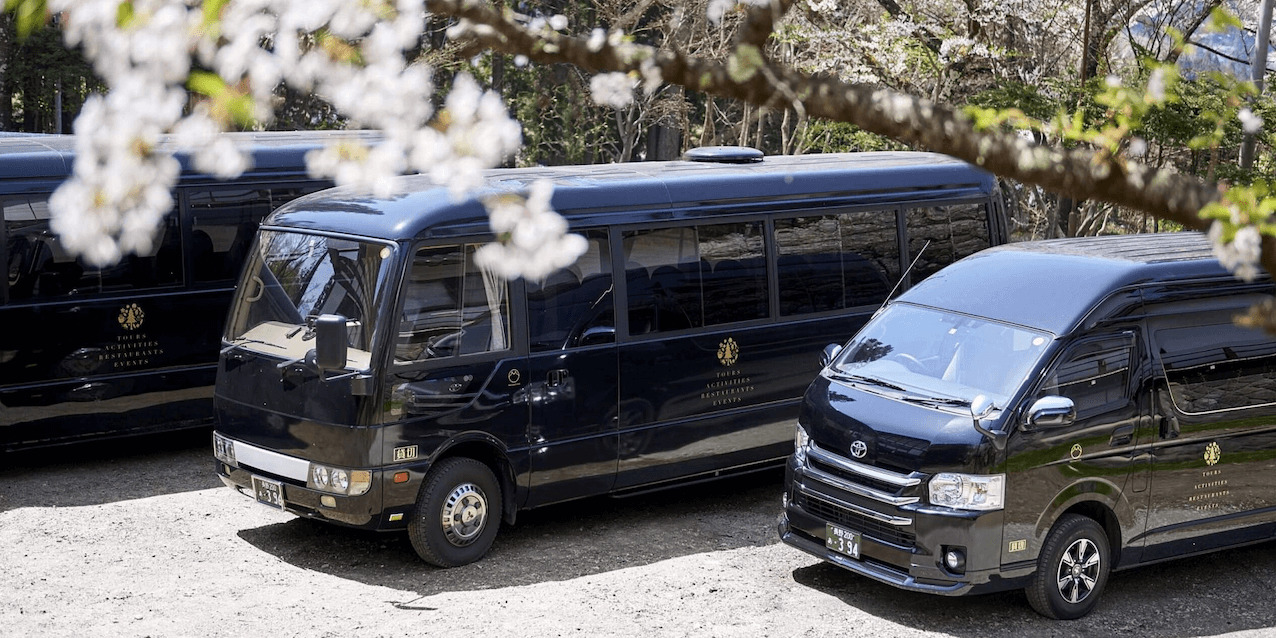

Based in Nagano, we are the region’s No.1-rated tour and charter operator. Operating all year round, we can provide charters to any destination in Central Japan, with customised itineraries to suit your travel needs and interests. We have the expertise and experience to help you get the most out of your time in the region, including transport to and from any regional destination. Our drivers and vehicles are fully certified, allowing us to transport you to and from your preferred destinations, in combination with any activity that suits your interests and schedule. All vehicles are fitted with a protective screen – separating the driver from passenger and luggage area – and our drivers wear protective masks, allowing you to move between your destinations in comfort and safety.
Why choose us?
Awarded a 2022 TripAdvisor Travelers’ Choice Award for our 1-Day Snow Monkeys, Zenko-ji Temple & Sake Tour – recognised as one of the Top 10 Experiences in Japan – we have the local knowledge and experience to help you get the most out of your time in Japan.
Got a question about visiting Nagano and Central Japan from Tokyo? Head to our ‘Charters’ main page or click on the INQUIRY button below, let us know what you need, and we’ll get back to you with a quote.
TOKYO STATION TOURIST INFORMATION
For visitors traveling to and from Nagano, the JR East Travel Service Center located at Marunouchi North Exit of Tokyo Station is the most convenient. Open daily from 07:30 to 20:30, this office provides English, Chinese and Korean language services. General information, accommodation, transportation and other services including baggage storage, currency exchange and ATM can be found here. As noted above, exchange orders for any of Japan Rail’s passes can be processed here.
ACCOMMODATION IN & AROUND TOKYO STATION
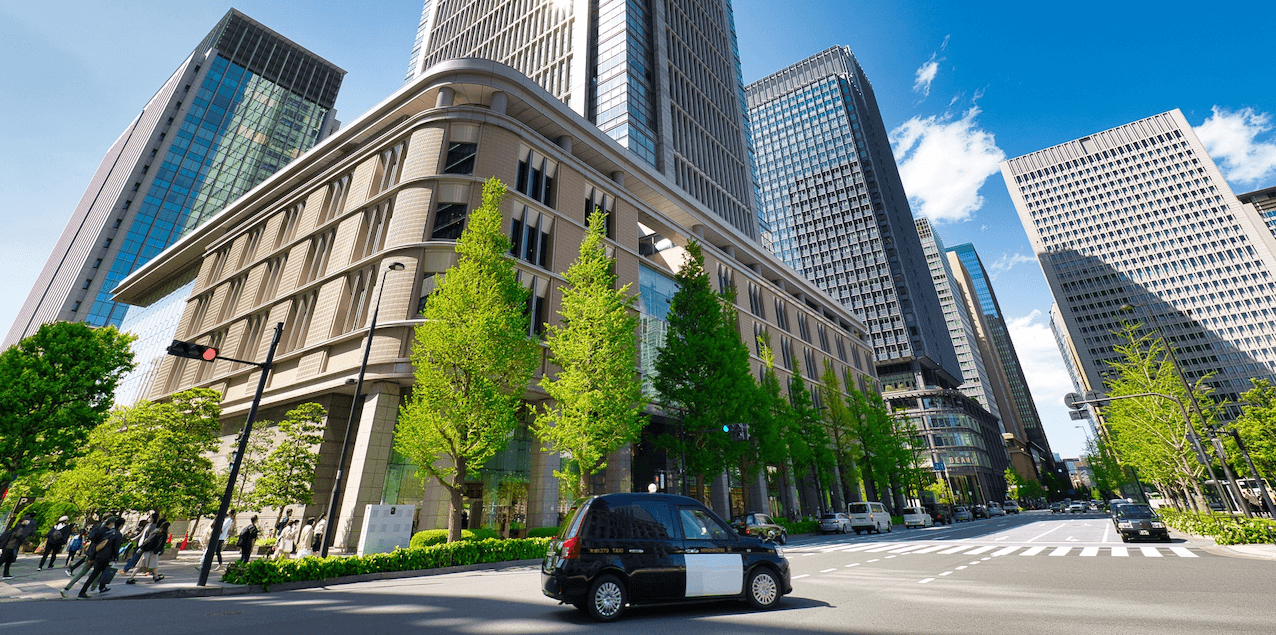
The area surrounding Tokyo Station is one of the best options for accommodation in the capital. Within walking distance of the station you have the business/shopping area of Marunouchi and the famous shopping, dining and entertainment districts of Ginza and Nihombashi. In these areas you will find some of Tokyo’s best department stores and boutiques, restaurants and an array of nightlife. Combine that with destinations including the Imperial Palace also being within walking distance of the station, and you see why we recommend staying in this area. For accommodation listings around the station, see our 'Tokyo Station / Marunouchi Area' hotel page.
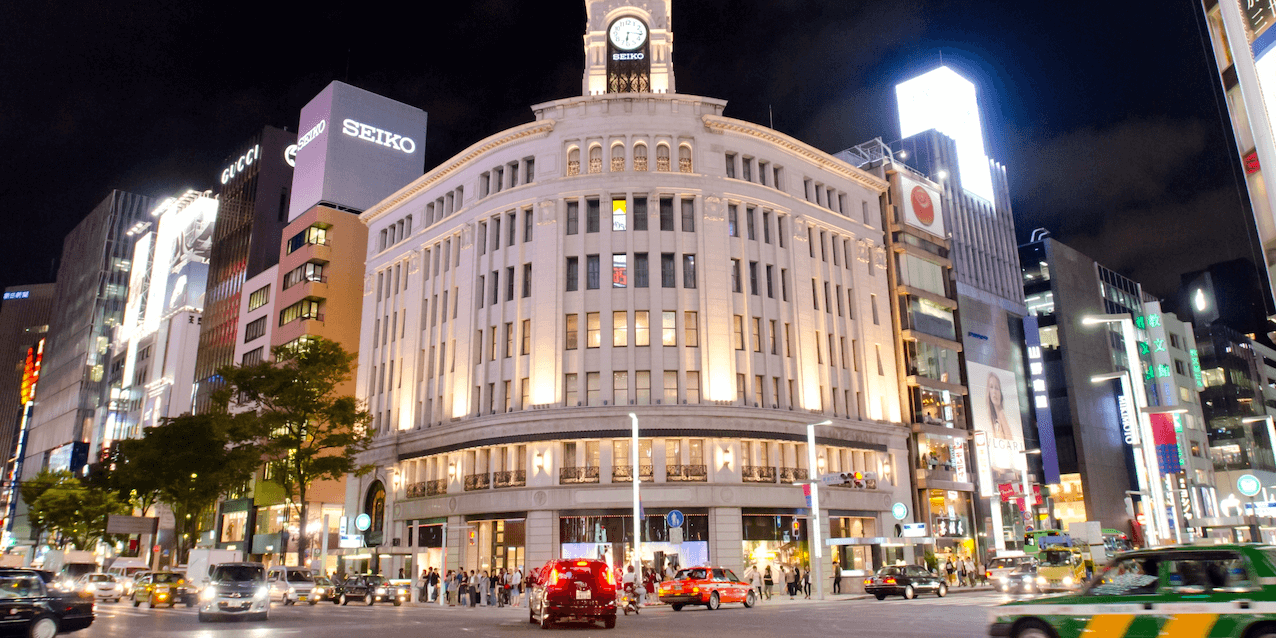
Under a 10-minute walk from Tokyo Station, Ginza is one of Tokyo’s most famous shopping areas, known for its high-end department and luxury brand stores, Ginza is hugely popular during the day-time with some truly excellent dining available through the day and well into the night. Ginza boasts multiple high-end hotels, excellent restaurants and as mentioned, one of Japan’s – if not the world’s – most famous shopping streets. If that appeals to you then Ginza is a great option nearby the station. For accommodation listings, see our 'Ginza Station Area' hotel page.
WHERE TO STAY IN TOKYO?
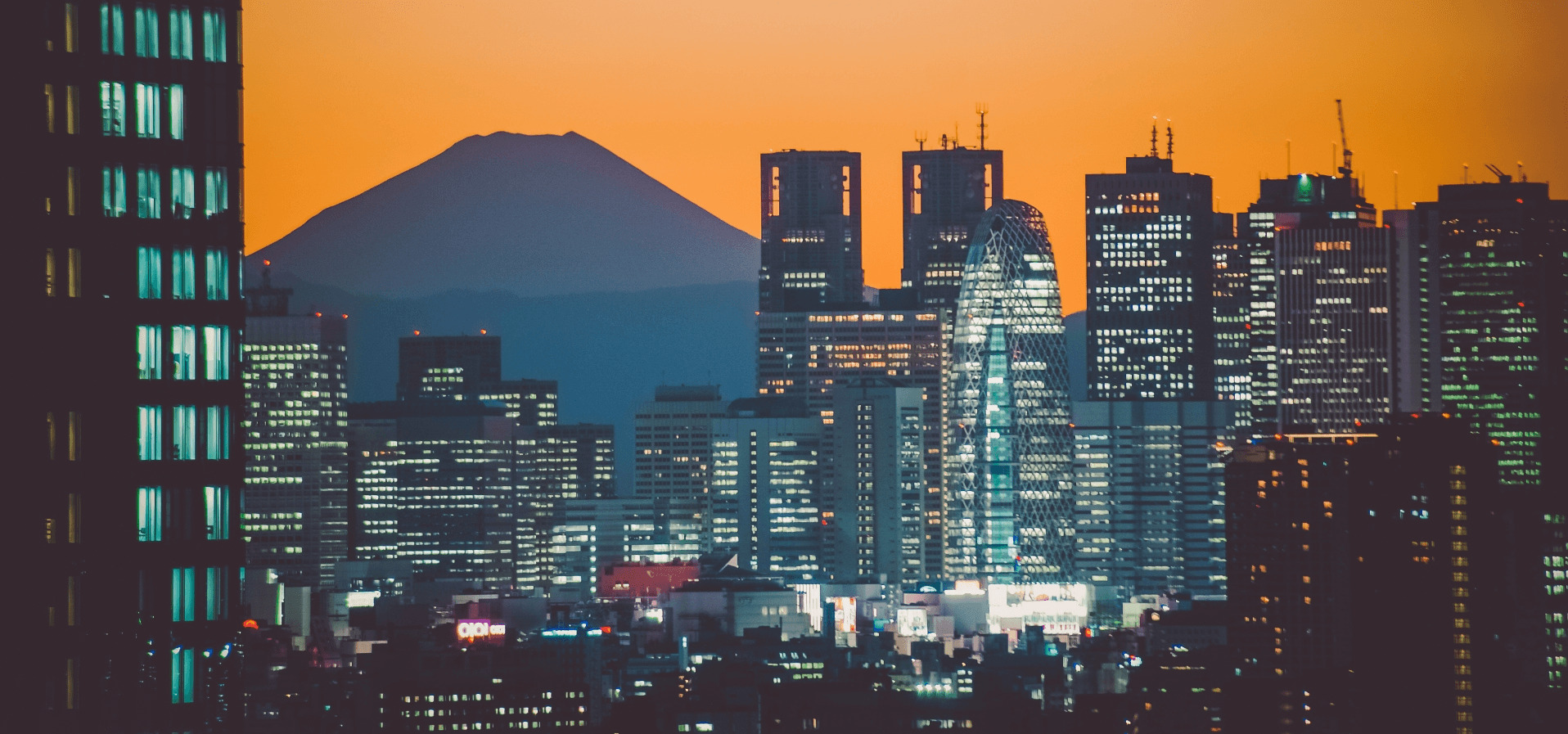
Not just the largest city in Japan but also the largest city in the world, Tokyo is a sprawling giant that must be experienced at least once. Knowing where to stay when visiting Tokyo can make a huge difference when it comes to getting around the city and ultimately, getting the most out of your time there. Our ‘Where To Stay In Tokyo?’ page breakdowns the best areas to stay including accommodation listings.
HOW TO GET TO TOKYO
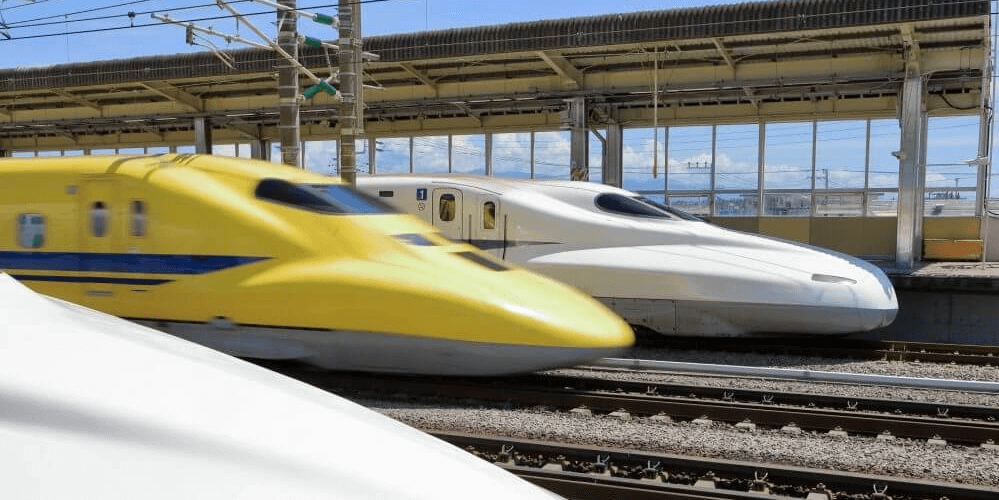
As Japan’s sprawling capital, Tokyo is the start and end point of numerous train lines and express bus services making it easy to reach from all over the country. Our ‘How To Get To Tokyo’ page includes detailed information about just how to get there from popular starting points including Nagoya, Kyoto, Osaka, Nagano and beyond.
THINGS TO DO IN TOKYO
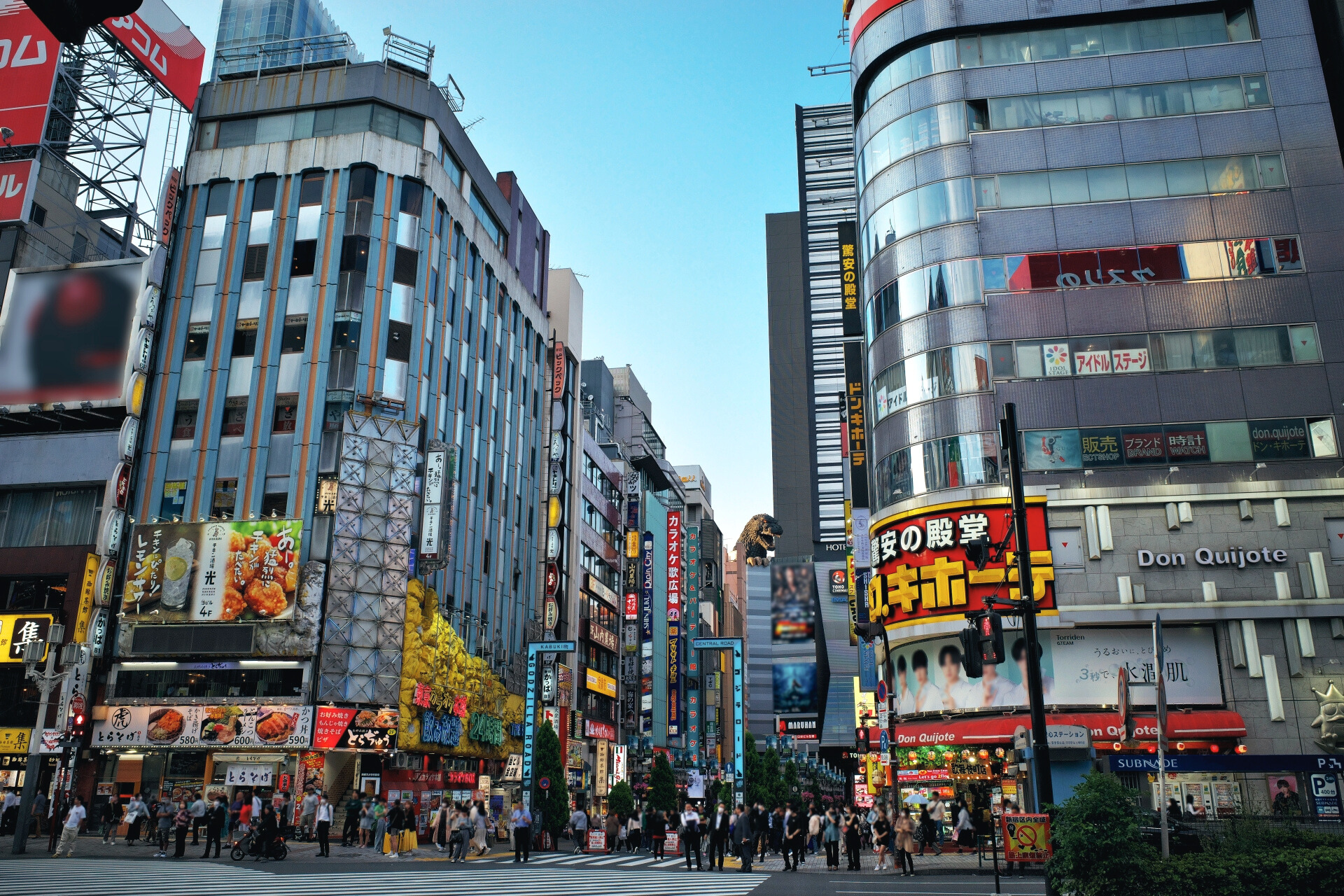
This page would not be complete without also suggesting our top recommendations on things to do in Tokyo as well. Why not check out our 25 Things to Do in Tokyo page which will also give you plenty of inspiration for your time spent in Tokyo. Here you will find some of the best activities and recommendations on how to spend your time in the Capital, as well as some tours that you can join to make the most out of your trip!
From watching Sumo wrestlers train to eating the freshest sushi at local markets, playing Taiko drums to exploring hidden shrines and temples, Tokyo truly has it all. Our Tokyo tours enable you to pick and choose from a wide range of areas and activities to explore during your trip. Want to explore lesser known neighbourhoods in Tokyo, or do you want to get into the hustle and bustle of the world’s most populated city, then click the link above and start exploring what you can do in Tokyo to make your trip unforgettable.
BEST TOURS IN TOKYO
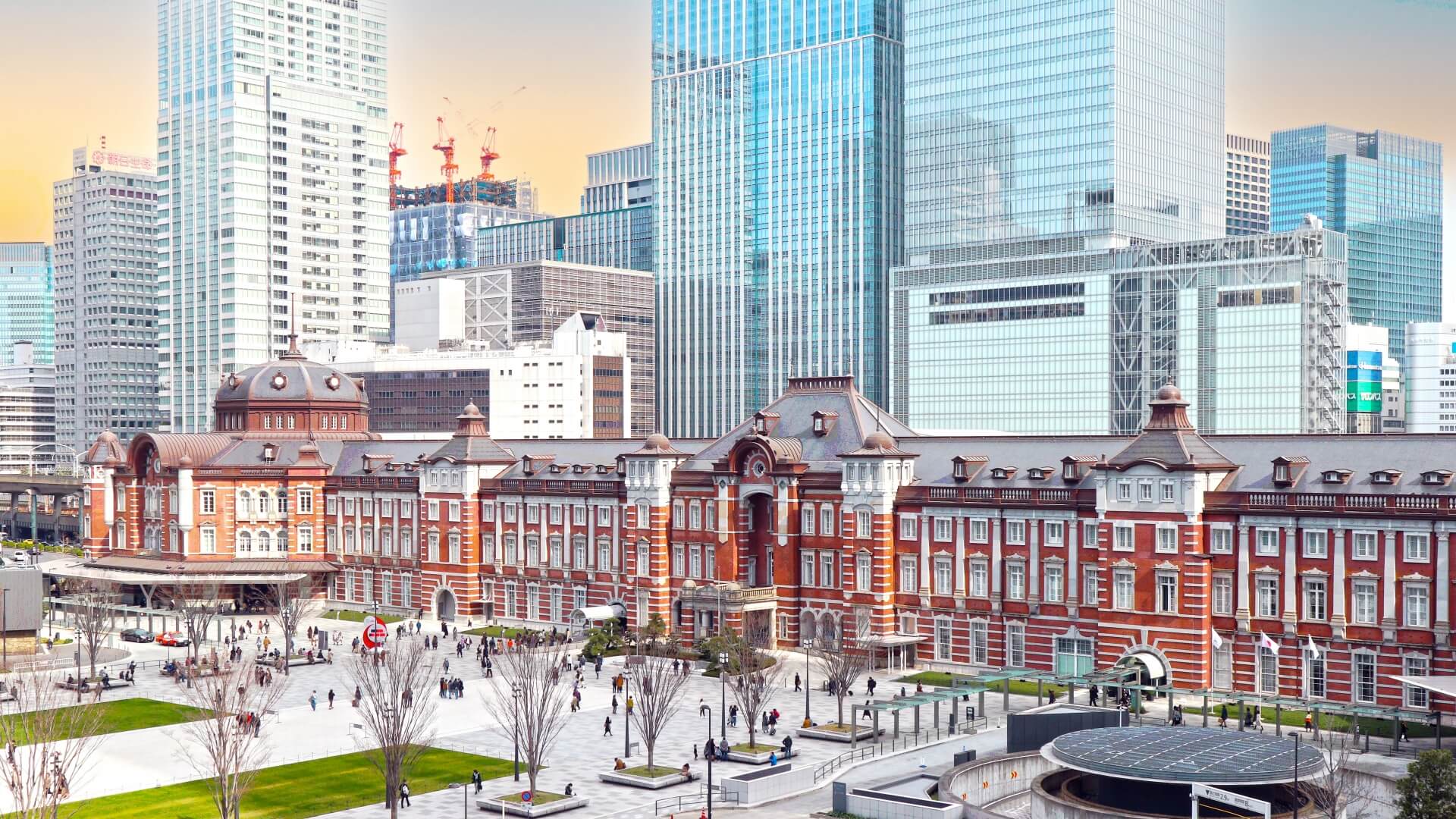
Tokyo is steeped in history. The city has faced many hardships from earthquakes, fires and the air raids of WW2, and unfortunately many of its oldest buildings and structures have disappeared over time. However, Tokyo does a fantastic job at celebrating and retaining much of its character and culture, with stunning renovations of temples and shrines, museums housing some of Japan’s finest artefacts, and pockets of neighbourhoods that have managed to preserve its original architecture despite the many challenges its faced. Pop culture lovers will rejoice at Japan’s modern aesthetic, with its bright lights and neon signs that make the city glow at night. There is so much to see and do in Tokyo. Check out our ’Best Tours in Tokyo’ page which will give you information on the best tours in Tokyo and the best day trips from Tokyo throughout the Kanto region.
Check out our ‘Ultimate Tokyo Tour’ for a chance to explore some of the highlights in and around the Tokyo area including sake tasting and visiting a unique robot cafe!
Ultimate Tokyo Tour : Imperial Palace, Sake, Robots, Japanese Gardens and Edo Museum
- Spots:
- Pick-up:
- Drop-off:
30 DAY-TRIPS & GETAWAYS NEAR TOKYO
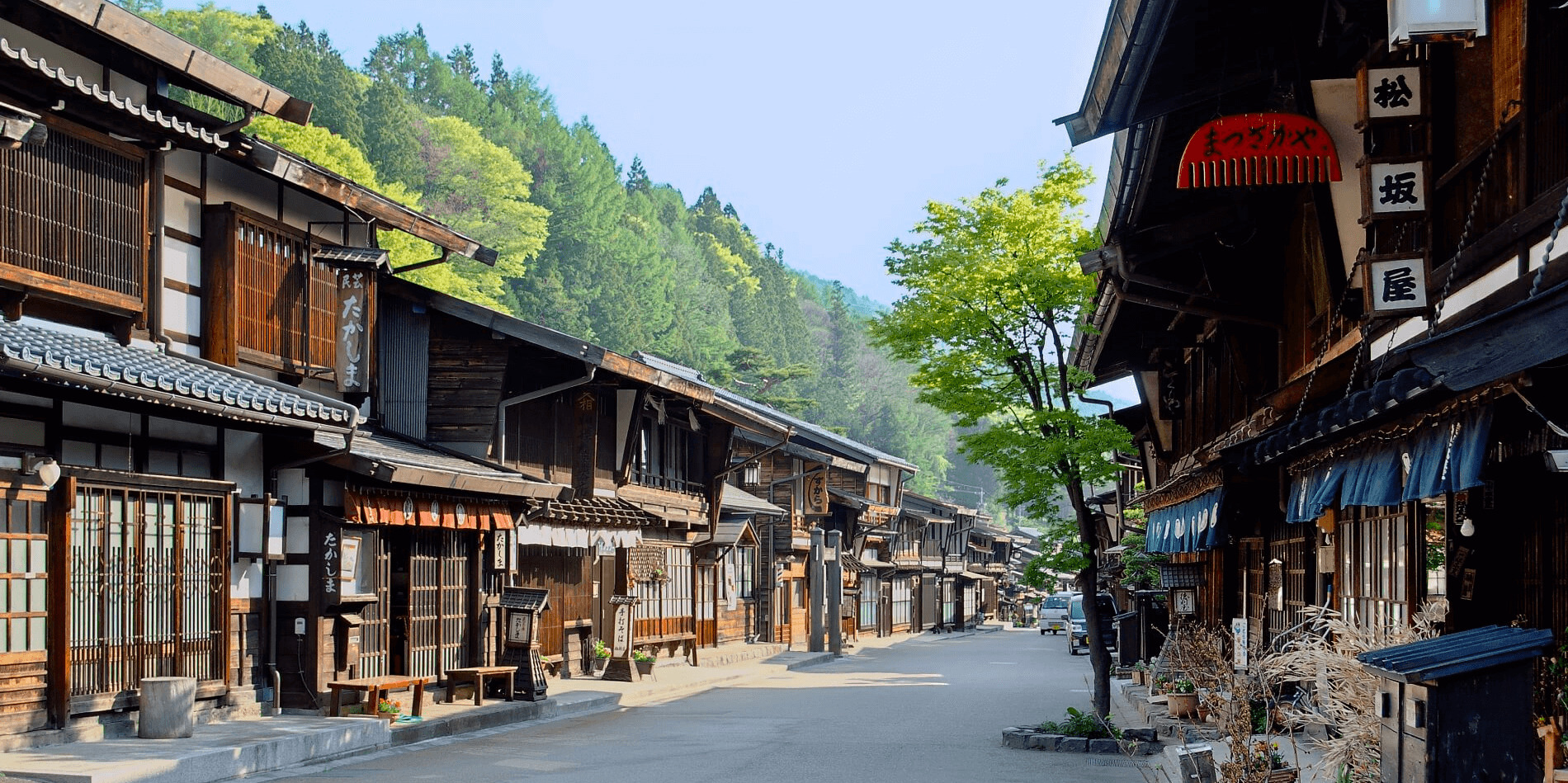
While Tokyo has more than enough to keep you entertained for your entire visit, it is also an ideal base from where to escape the city and explore our home region of Central Japan. Boasting the majority of Japan’s tallest mountains, verdant forests, open spaces, ancient temples and a slower way of life, it is everything that Tokyo is not. Our ’30 Things To Do Near Tokyo: Best Day-Trips & Overnight Getaways’ page includes some fantastic tips and suggestions of what’s on offer. We hope it tempts you to visit!
PLAN YOUR VISIT TO JAPAN
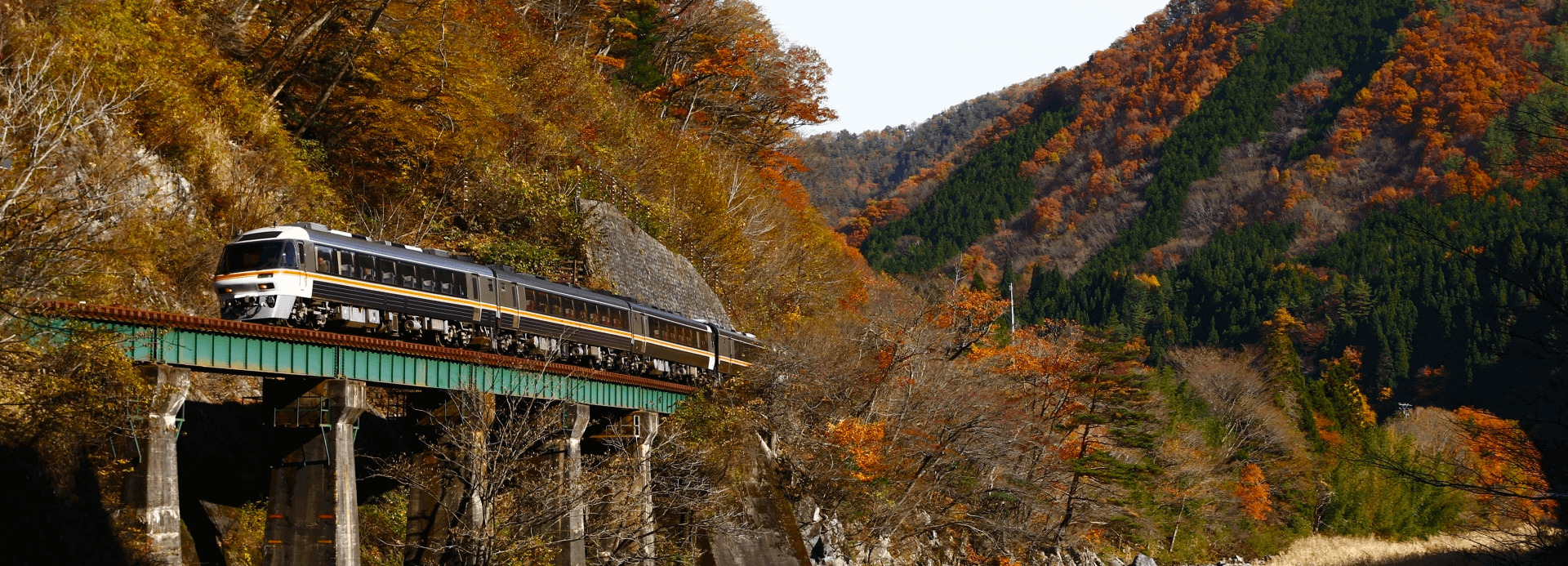

Tokyo Station is just one part of Japan’s fantastic rail network. Unfathomable in its size and efficiency, moving around the country by train is easy and comfortable opening-up all regions of Japan for exploration. Our ‘Plan Your Visit’ page has everything you need to know about visiting Japan – from tips on the best time to travel, times to avoid, entering and exiting the country, money matters, staying connected, accommodation, staying safe and healthy and plenty more to ensure that you get the most out of your time here.














